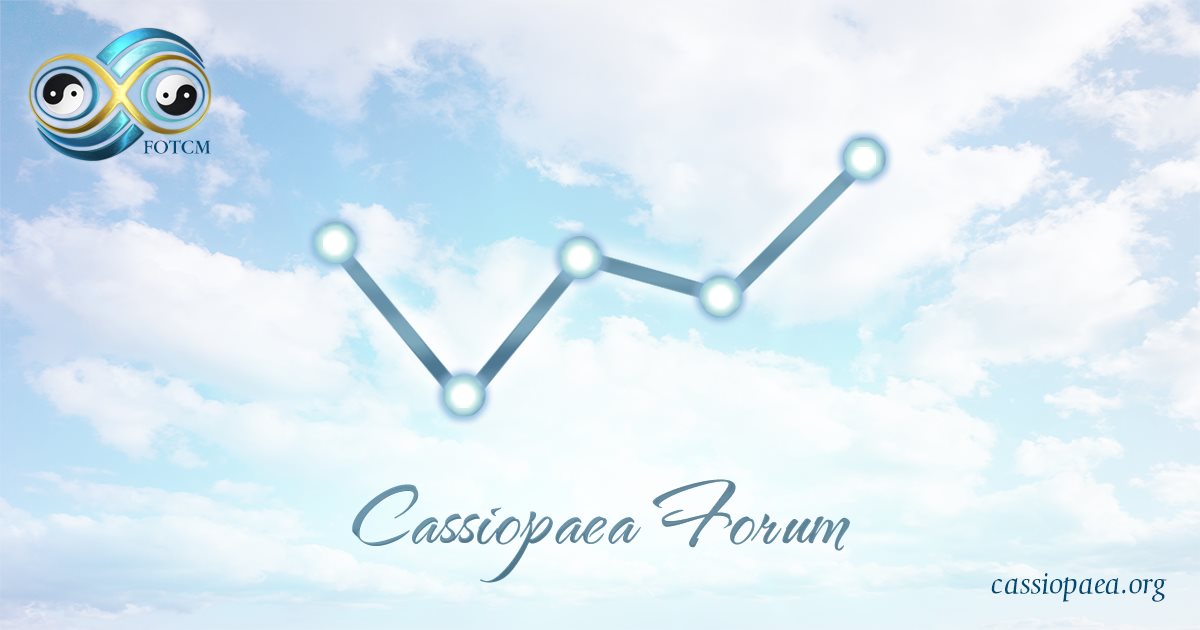NaturalNews.com | Independent News on Natural Health and the World

www.naturalnews.com
Mercury-leaching fillings: The dental industry’s toxic secret
05/04/2025 //
Lance D Johnson
Silver amalgam fillings are the most common type of dental fillings, containing approximately 50% mercury by weight. Other components include silver, tin and copper.
Mercury is classified as a neurotoxin, meaning it affects the nervous system. It's also strongly connected to various health issues, including autoimmune disorders, respiratory problems, and neurological symptoms.
The ADA maintains that amalgam fillings are safe, based on numerous studies. However, many studies cited by the ADA lack robust design or consider only short-term effects, while longer-term and high-quality studies often show negative impacts.
Mercury in amalgam fillings does not stay encapsulated; it continually releases mercury vapor, especially under stress (chewing, brushing, drinking hot beverages) or when exposed to heat.
Over time, these fillings lose a significant amount of their mercury content
As you sit in the dental chair, expecting a routine check-up, did you know that an everyday procedure could be silently poisoning you? For decades, the dental industry has been
using fillings containing mercury, a potent neurotoxin, and downplaying its harmful effects. A growing body of evidence, however, paints a different picture. This investigation aims to unearth the truth about mercury in dental fillings and why it matters today
Why are dentists still using mercury?
Despite knowing mercury's toxicity, dentists continue to use silver amalgam fillings,
which are approximately 50% mercury. The American Dental Association (ADA) insists on their safety, citing study after study. However, a closer look reveals these studies aren't always referenced, and the ones that are, often exclude crucial details. Moreover, mercury's volatility contradicts the ADA's claim that it remains safely encapsulated within the filling.
Key points:
- Mercury amalgam fillings contain 50% mercury, a known neurotoxin.
The ADA supports their safety, citing inconclusive or incomplete studies.
Mercury from fillings can leak, exposing patients, dentists, and techs to vapor.
Everyday activities like chewing, brushing, or sipping hot drinks can release more mercury
The toxic truth of mercury fillings
Mercury's harm in dental fillings isn't in question. The World Health Organization categorizes mercury's adverse effects on health, including anxiety, depression, and neuro-inflammation. Yet, it's still used in dentistry, exposing patients and dental professionals to toxic vapor. Disturbingly, the EPA's mercury exposure limits for pregnant women are exceeded in nearly a third of those with amalgam fillings,
as shown in a study by the IAOMT.
Many patients develop mysterious symptoms attributed to mercury toxicity, such as fatigue, brain fog, and autoimmune disorders. Even oxidative stress and DNA damage are linked to mercury exposure. The FDA's 2020 warning to avoid mercury fillings in certain groups is a step in the right direction. Still, critics argue it came decades too late and doesn't go far enough
Mercury's link to chronic health issues
Patients and dental professionals may experience diverse symptoms related to mercury exposure, including:
Neurological: Cognition issues, headaches, depression, anxiety.
Respiratory: Wheezing, difficulty breathing.
Autoimmune: Multiple sclerosis, alopecia, thyroid disorders.
Cardiovascular: Heart issues, chest pains.
Reproductive: Impotence, reduced fertility.
DNA damage: Mercury can induce oxidative stress and DNA damage, contributing to various diseases, including cancer.
FDA Warning: In 2020, the FDA issued a warning discouraging the use of amalgam fillings in certain at-risk groups, such as pregnant women and children
Mercury amalgam removal: Safe practices
Standard procedures and risks: Conventional amalgam removal can result in significantly elevated mercury vapor levels, endangering patients and dental staff (Eley et al., 2014).
Safe Mercury Amalgam Removal Technique (SMART): This protocol aims to minimize mercury exposure during filling removal. It involves using specialized equipment, such as high-volume suction devices, isolation, and proper waste disposal. The International Academy of Oral Medicine and Toxicology (IAOMT) promotes the use of the SMART technique and advocates for safer dentistry.
The dental industry's continued use of
mercury in fillings is alarming. Mercury's toxicity is undeniable, and the ADA's defense of its safety is unfounded. As patients, we deserve better. We must demand safer alternatives and hold the dental industry accountable for its use of known toxins. After all, our health, and potentially our lives, depend on it.
Sources include:
NaturalHealth365.com
PRNewswire.com
IAOMPT.org
Pubmed.gov
ScienceDirect.com
 cassiopaea.org
cassiopaea.org




